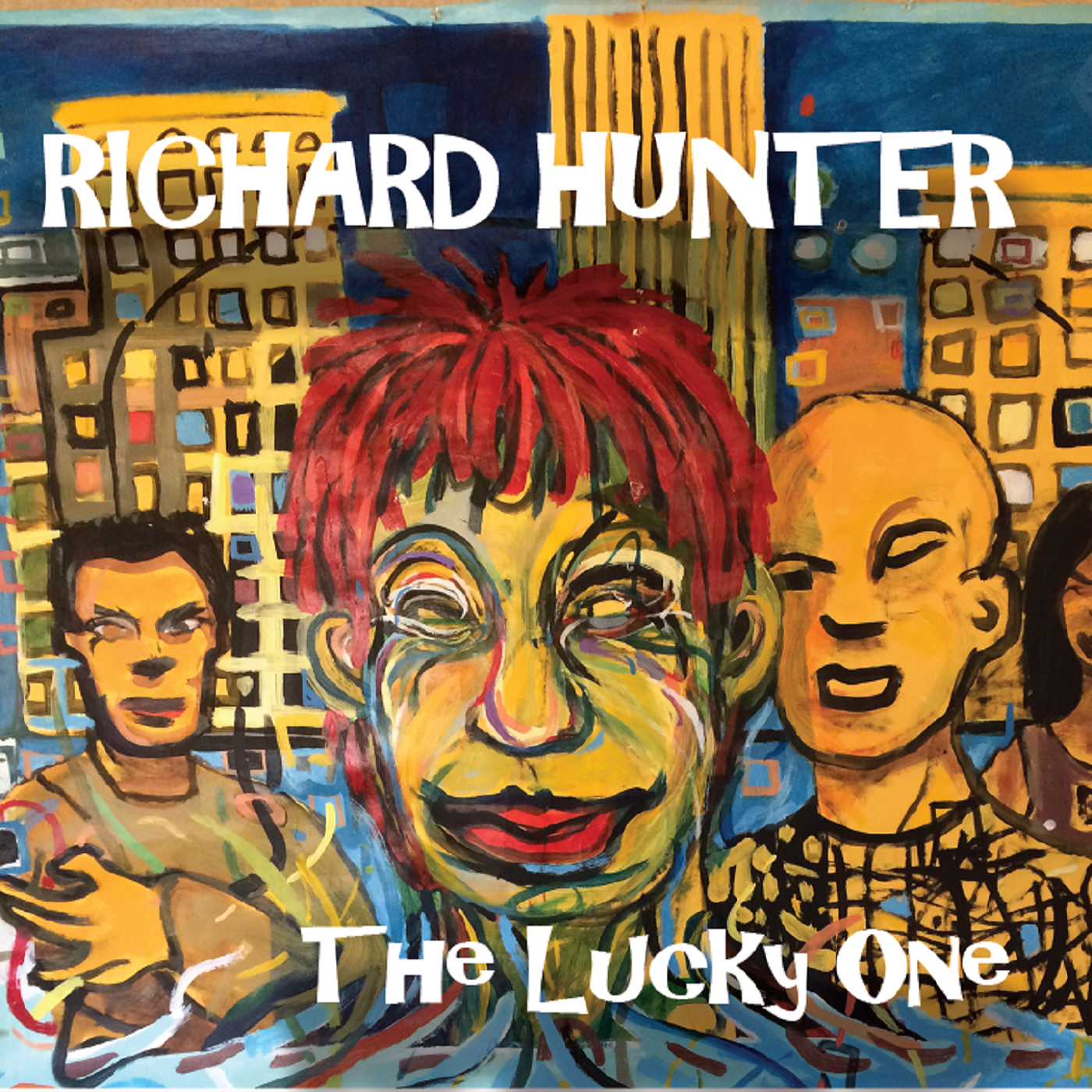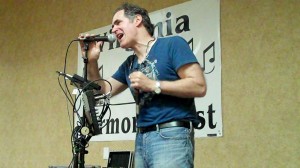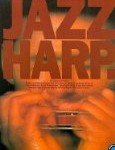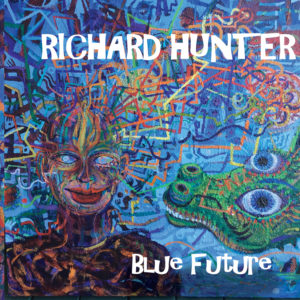
My Three Big Contributions
I’ve been playing harmonica since 1967, recording for myself and other artists since 1970, and helping other harmonica players make better music since 1980. In the last fifty-plus years I’ve made 3 major contributions to the art of the harmonica:

1) I wrote Jazz Harp,
 a very influential book that helped a lot of harp players on their paths to careers in New York, Nashville, Los Angeles, London, and many other places.
a very influential book that helped a lot of harp players on their paths to careers in New York, Nashville, Los Angeles, London, and many other places.
2) I created a unique body of solo harmonica compositions and arrangements with my CDs The Act of Being Free in One Act and The Second Act of Free Being
, which were the first commercial recordings I know of that were devoted entirely to solo harmonica. The Act of Being Free in One Act was cited as an influence by George Winston, the well-known pianist and composer who happens also to be a fine harmonica player, in his concert programs for years. Among other things, my work here and elsewhere helped to promote the use of alternate tunings for diatonic harmonica, which opened up new worlds of technical and emotional possibilities for players and composers. In 1999 only a few diatonic harmonica players used anything but standard Richter tuning; now just about every pro player is using simple Richter variations like the natural minor tuning, and some players have gone way beyond that.
3) I’ve pioneered the use of amp modeling technology to offer harp players powerful, inexpensive high-tech gear that adds dozens of exciting new sounds to their stage and studio setups. You can hear the results of that work on the CDs shown below, and read more about our setups for amplified harp players here.
Harmonica players have come a long way in the last fifty years. I’m glad to have been a part of it.
If you liked that, you’ll like these:
the 21st century blues harmonica manifesto in sound
Get it on Amazon
Get it on iTunes
the rock harmonica masterpiece
Get it on Amazon
Get it on iTunes
Tags In
Related Posts
2 Comments
Leave a Reply
You must be logged in to post a comment.
WHAT’S NEW
Categories
- Audio/Video
- Blog
- Blue Future
- Digitech RP Tricks and Tips
- Discography, CDs, Projects, Info, Notes
- Featured Video
- For the Beginner
- Gallery
- Hunter's Effects
- Hunter's Music
- Huntersounds for Fender Mustang
- Meet the Pros
- More Video
- MPH: Maw/Preston/Hunter
- My Three Big Contributions
- Player's Resources
- Pro Tips & Techniques
- Recommended Artists & Recordings
- Recommended Gear
- Recorded Performances
- Reviews, Interviews, Testimonials
- The Lucky One
- Uncategorized
- Upcoming Performances
- Zoom G3 Tips and Tricks



Without alternate tunings I would have given up on harmonica. They allow me to play what I want to play. So I owe a big thank you to Richard Hunter, Lee Oskar, Charlie McCoy, Brendan Power, Rick Epping, Buddy Greene, Tony Eyers, and Joe Leone (and whoever else helped to invent or popularize my favorite tunings). And thank you to the manufacturers who build them. I like the new tunings. And I plan to try the new sounds coming from units like the Digitech RP.
Hello,
I’m a musician from Brazil. I have to say that I simply loved to find your website! I really appreciated your album “The Act of Being Free in One Act”. It’s unique! Congratulations! Once time I wrote on a article when I was studying music here in Bahia, which I tried to say my feeling about music: “For ones that make the world a place less monotonous: Cheers!!”
I’d like to get your CD. It’s a littles difficult to me get it from Brazil. Anyway, I’ll keep trying and I’ll do it. Thank you